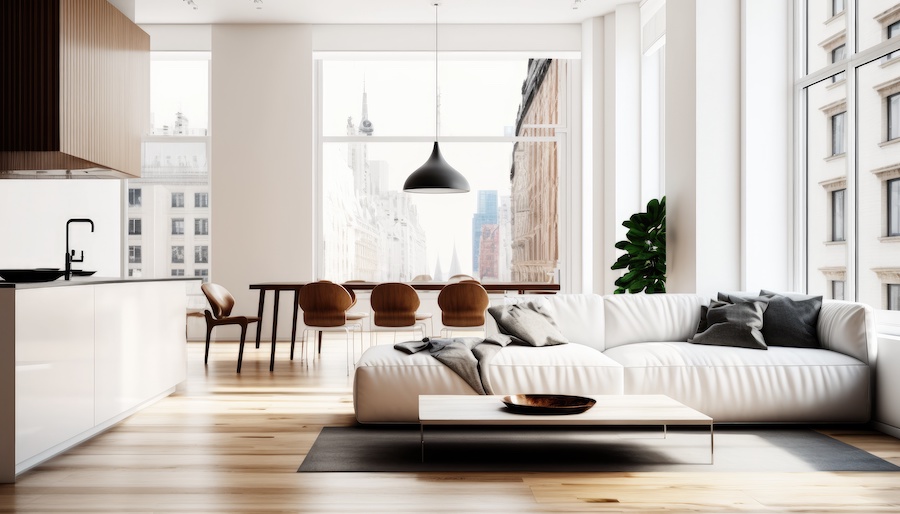
Your home should be a reflection of your personality, taste, and style. Whether you are moving into a new place or redecorating an existing one, the design process can be both exciting and overwhelming. Fortunately, an interior designer can help you navigate through the design journey with ease. Here’s everything your interior designer should take into consideration.
Space
Space is often overlooked in interior design but is a vital element. It can reduce clutter and create a more inviting atmosphere when utilized strategically. For example, having airy curtains to let natural light in or leaving open floor space to make the room appear larger are great ways to incorporate space into your design subtly. Designers use simple lines and shapes in furniture and accessories to add depth and texture without cluttering the area. You can create a beautiful interior that feels cozy yet spacious with a proper balance between decor and open space.
Style
Style plays an integral role in the realm of interior design. Different designers can influence the space’s feel with subtle elements and carefully applying styling principles. The small details can bring together a room like never before, whether it is the furniture placement, the varying lighting levels, or the materials used on accent pieces and walls. With the rise of various online websites offering exquisite professional interior designers, there is no longer any need to leave style to chance. Navigating The Interior Designer Directory can help connect you with talented professionals to ensure your home or workplace looks superb.
Color
Color is a powerful tool in interior design that can create dramatic effects, inspire feelings, and set the mood for any room. When skillfully applied to interiors, color can push boundaries and excite the imagination of all its viewers. Whether adding subtle hues to an entire room or creating a bold statement with a feature wall, interior designers can often achieve their goals by carefully selecting the right colors. While vibrant tones bring energy and focus to space, softer shades offer serenity and elegance. By tastefully using color, designers can maximize spaces and create the desired atmosphere.
Light
Light plays a critical role in interior design, not just for practical reasons but because it has the power to transform a space. The availability of natural light is among the most important considerations when creating an attractive and inviting environment, with skylights and large windows offering ideal results. Artificial lighting can be equally powerful – dimmable lights that can be adjusted to different brightness levels as needed create a much more interesting atmosphere than standard overhead lights. Beyond illuminating the room visually, light can also be used as texture and create focal points that draw attention to decorative elements. Lighting choices are almost limitless, providing plenty of creative opportunities in any interior design project.
Texture and Pattern
Interior design offers an endless array of possibilities for creativity and expression. With texture and pattern, the range of options expands even further. Incorporating contrasting textures and patterns into interior spaces can add depth, dimension, and visual interest to a room. You can create an organic or geometric look that ties the entire room by choosing which textures and patterns work best together. Different materials like drapery, wallpaper, flooring, furniture upholstery, tiles, and carpets make it easy to mix and match designs with color palettes and complementary accessories to create a unique atmosphere that reflects your style. Texture and patterns are essential interior design elements; they allow us to explore our creative side while making our space our own.
You may be interested in: The Best Cleaner for the Interior of Your Car

